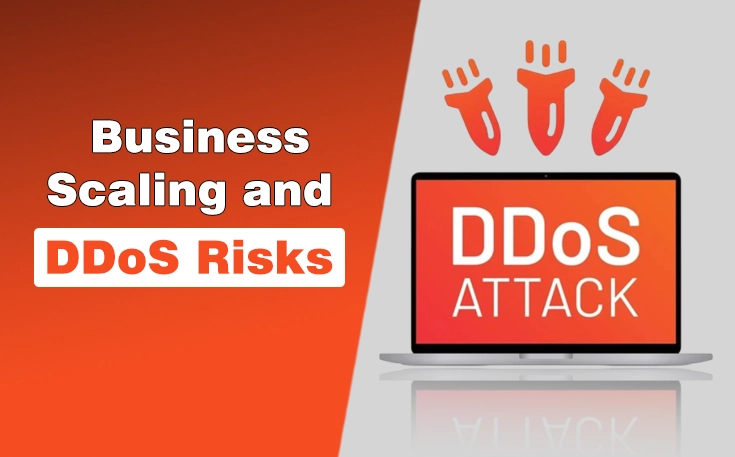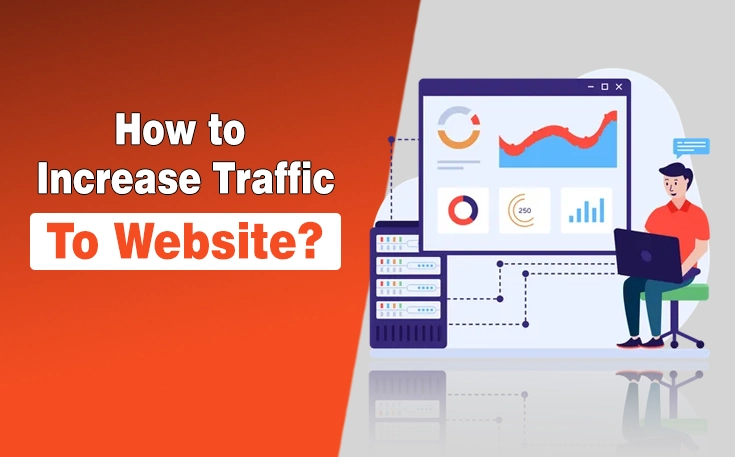Technology changes, so do the workforce because once who were children are now employees or employers. According to McKinsey, Generation Z may make up more than 25% workforce of the world by 2025.
Now, see how many are working hybrid for a company and how many are totally working remotely while managing household jobs. They ain’t new to technology, but new to the corporate world, which is why they are the easiest target for hackers.
But… the question arises: is this the only reason why hackers are behind them? The answer is no.
To discuss why they are the favorites of hackers, we’ve compiled the whole article based on facts and research. Keep on reading to know some compelling reasons why!
Why is Gen Z an Appealing Target?
Younger workers rely on a mix of personal and professional apps to manage their responsibilities, including communication tools and cloud storage. These apps have increased the number of entry points for attackers into a corporate system, and do what they want.
Many Gen Z users utilize personal devices for study and work, which means corporate data often sits alongside private files. This constant exposure increases the chances of clicking on a malicious link or falling for a phishing email. Inexperience plays a role, too.
Younger workers may not have had formal cybersecurity training, like the Millennials used to get trained. Add to this a tendency to overshare personal details on social platforms, and cybercriminals have plenty of material to exploit.
Common Scams that Target Gen Z Workers
Although we can’t find out how many types of scams target Gen Z workers but we’ve listed some common types of scams. Here is the list:
1. Fake Job Postings
Fake job postings are one of the common scams that target Gen Z workers. Fraudsters create ads on social media or freelance platforms. These ask applicants to follow a link to a recruiting website. The link, however, either harvests information or redirects the user to invisible installs or other risky business.
2. Malware App Updates
Sometimes, fraudsters trick Gen Z by showing fake app update notifications, which they click instantly in the hope of getting updates. But they are now tricked with malware-poisoned APKs or updates. These are usually targeted at social apps and messaging platforms.
3. Extortion Threats
Some scammers claim they can lock, wipe, or permanently damage a device unless a payment is made. Even if the threat is exaggerated, the fear it creates often pushes young workers to do what they want. This type of scam is called extortion threats.
4. Phishing via DM
Scammers send personalized emails or DMs that look like they come from managers, professors, or recruiters who convince them to share data. Account hijacking and AI are making these very convincing, very easy, but Gen Z has the brains to protect themselves.
Cybersecurity Habits That Put Gen Z at Risk
Gen Z’s lifestyle makes them quick adopters of new platforms, but also encourages habits that weaken security.
Password reuse is one of the most common mistakes. Even when using a strong password, it is dangerous for multiple apps. One breach can compromise multiple systems or platforms.
Another big one is downloading apps from random or unverified sources. Gen Z is notorious for doing this in pursuit of “free” paid apps. Finally, leaning too heavily on unsecured Wi-Fi networks is a big problem.
Open networks at cafes, bookshops, libraries, shared workspaces, and out in public are hotspots for cybercrime. Cafes, hotels, and libraries are the top three locations where personal information is stolen. That said, only about 6% of people asked felt public Wi-Fi was completely unsafe.
How to Protect Your Accounts and Devices
Fortunately, small changes can make Gen Z far harder to target:
- A password manager helps generate and store unique, strong passwords.
- 2FA and passkeys add another layer of protection against stolen credentials.
- Regular updates for operating systems, browsers, and apps patch the weaknesses hackers often exploit.
- Only install apps from trusted stores or verified developers, never from links.
- Setting devices to lock after short idle periods to lower the risk of compromise if they’re stolen.
Use Virtual Private Networks (VPNs)
Public Wi-Fi is a daily reality for Gen Z. This applies to universities, cafes, and even co-working spaces. While these are all convenient, none are secure enough. This means data is open to interception and up for grabs.
A virtual private network, or VPN, is one layer of security. A VPN encrypts all of the traffic coming and going from your device. This makes the data unreadable to anyone spying on your browsing, downloads, or logins.
Most importantly, don’t put off getting protection because you think it’s expensive. NordVPN is free to download, giving Gen Z an instant protective system while online. Unlike partial solutions that are browser-based or rely on OS features like Private Relay, VPNs protect everything.
All your data in transit is encrypted with bank-level encryption. App data, browser data, cloud platforms, it doesn’t matter. It’s all protected.
Staying One Step Ahead of Cybercriminals
Hackers are only successful when they have opportunities to steal information. Gen Z is a larger target whose lifestyles often create possibilities for hackers to breach in. These opportunities increase the chance of successful exploitation, which can be through poor digital security habits.
That said, the same tech that exploits can also protect. Using password managers, 2FA, and VPNs, along with keeping devices updated, is critical. Strong habits and accessible tools help Gen Z stay one step ahead, though. Helping them thrive in the face of constantly changing cybercrime threats.
Need custom app with amazing features?
Get a Quote




